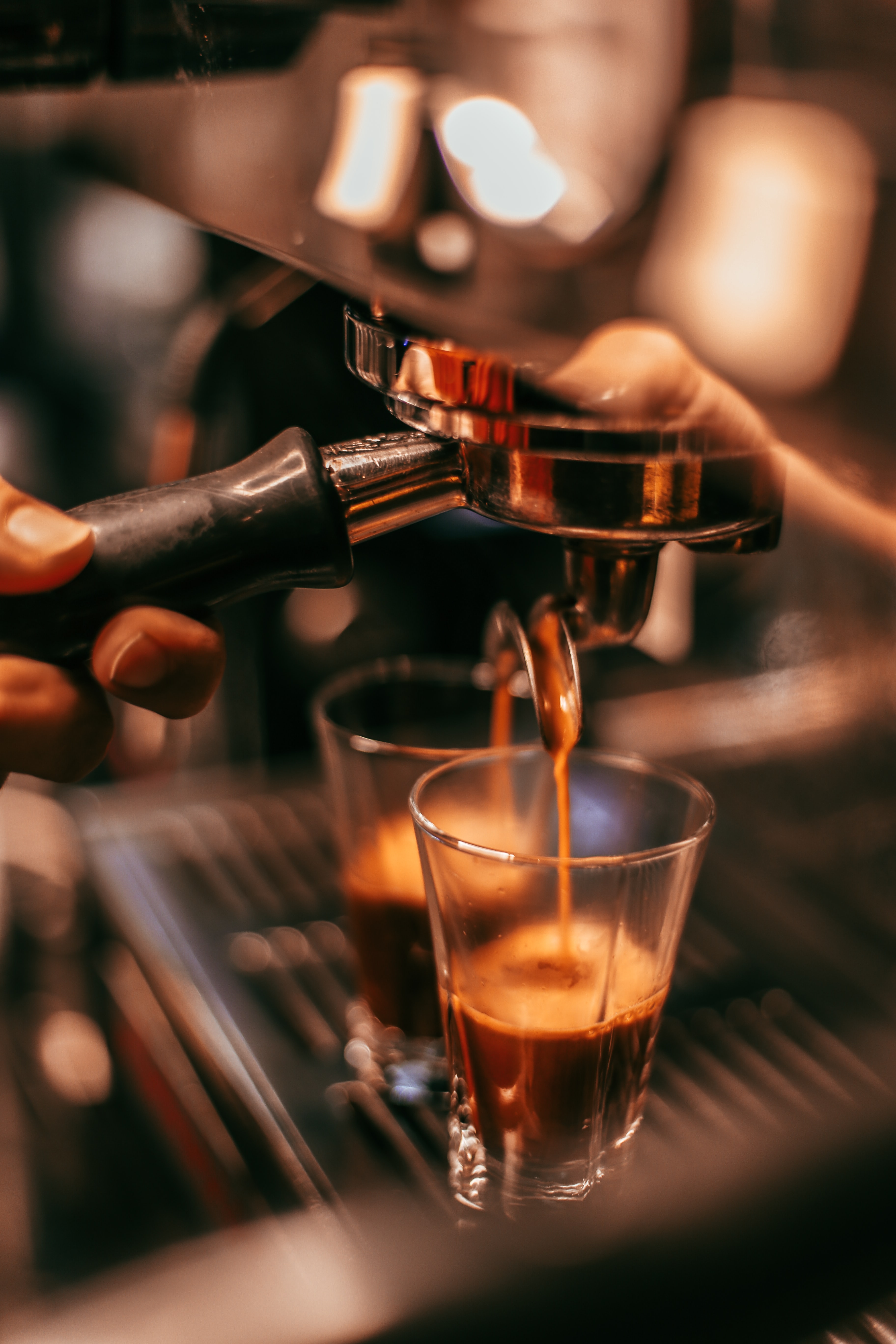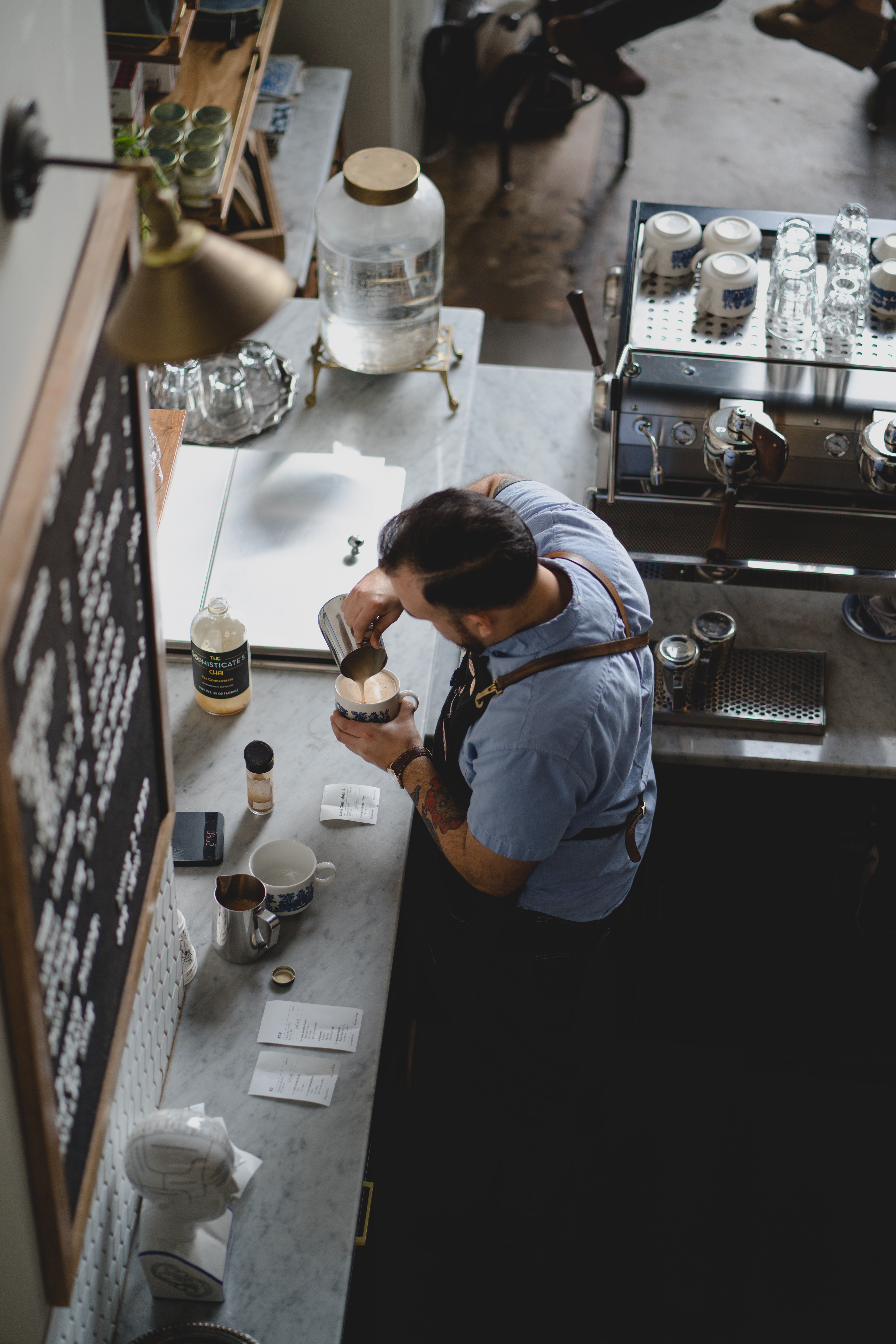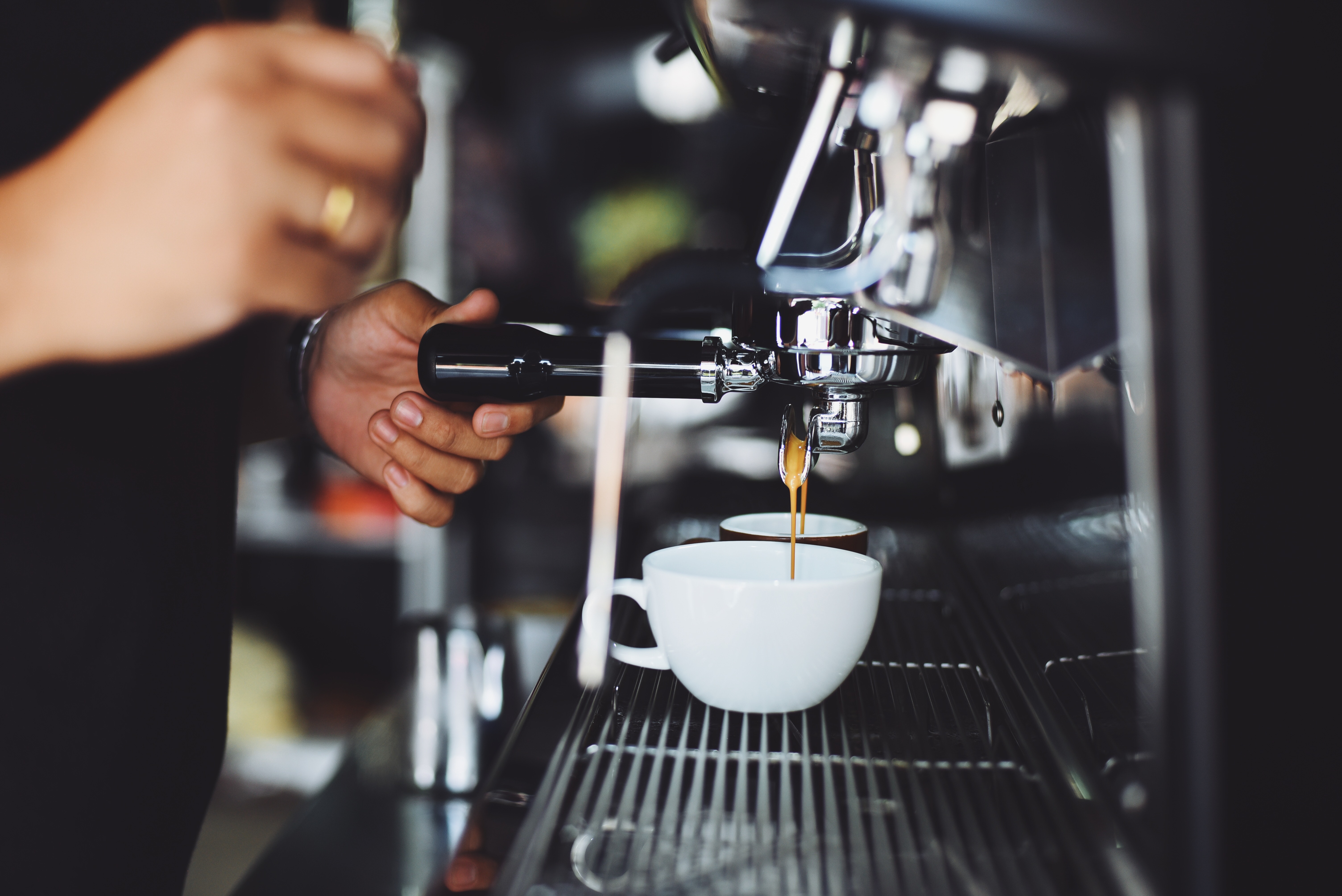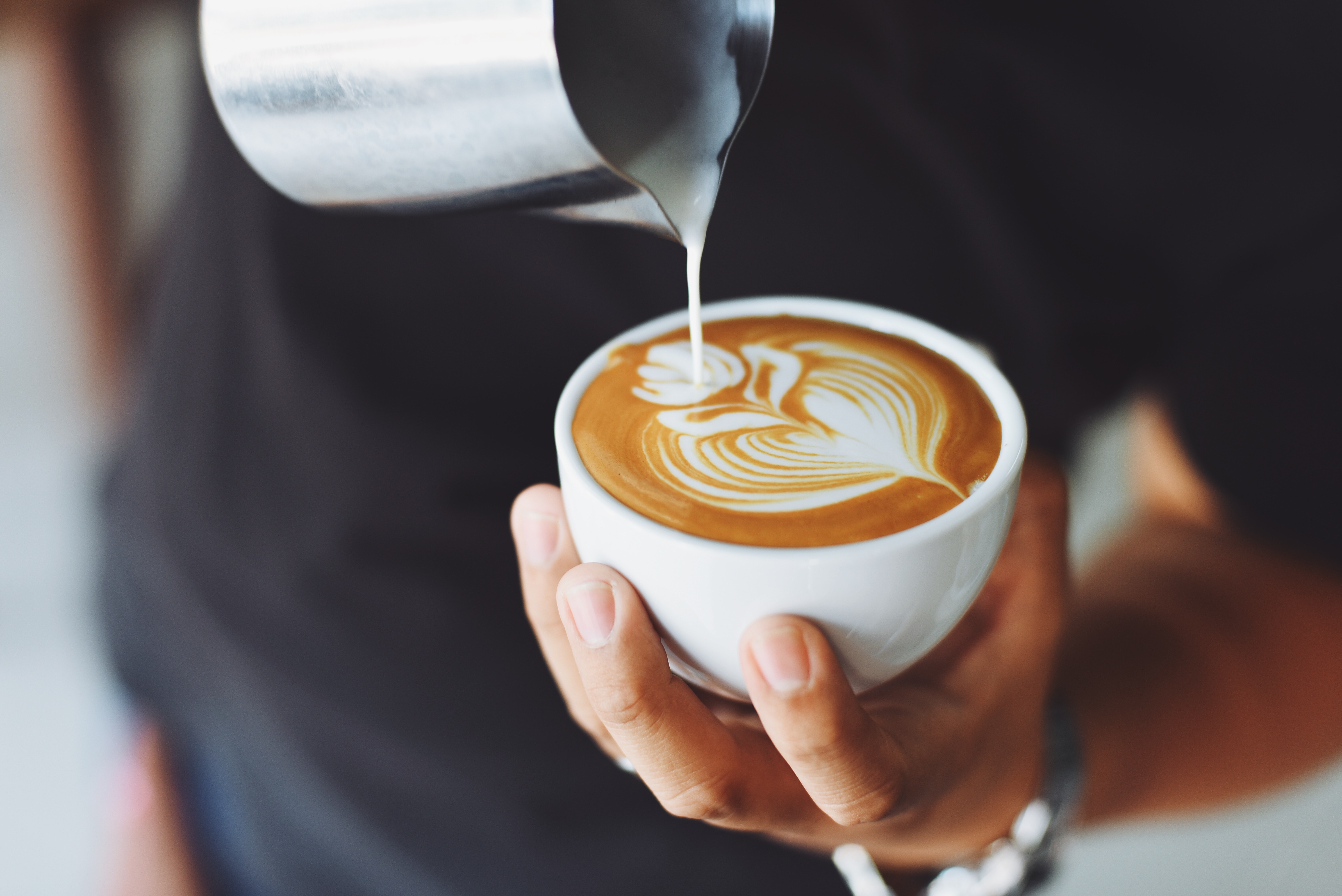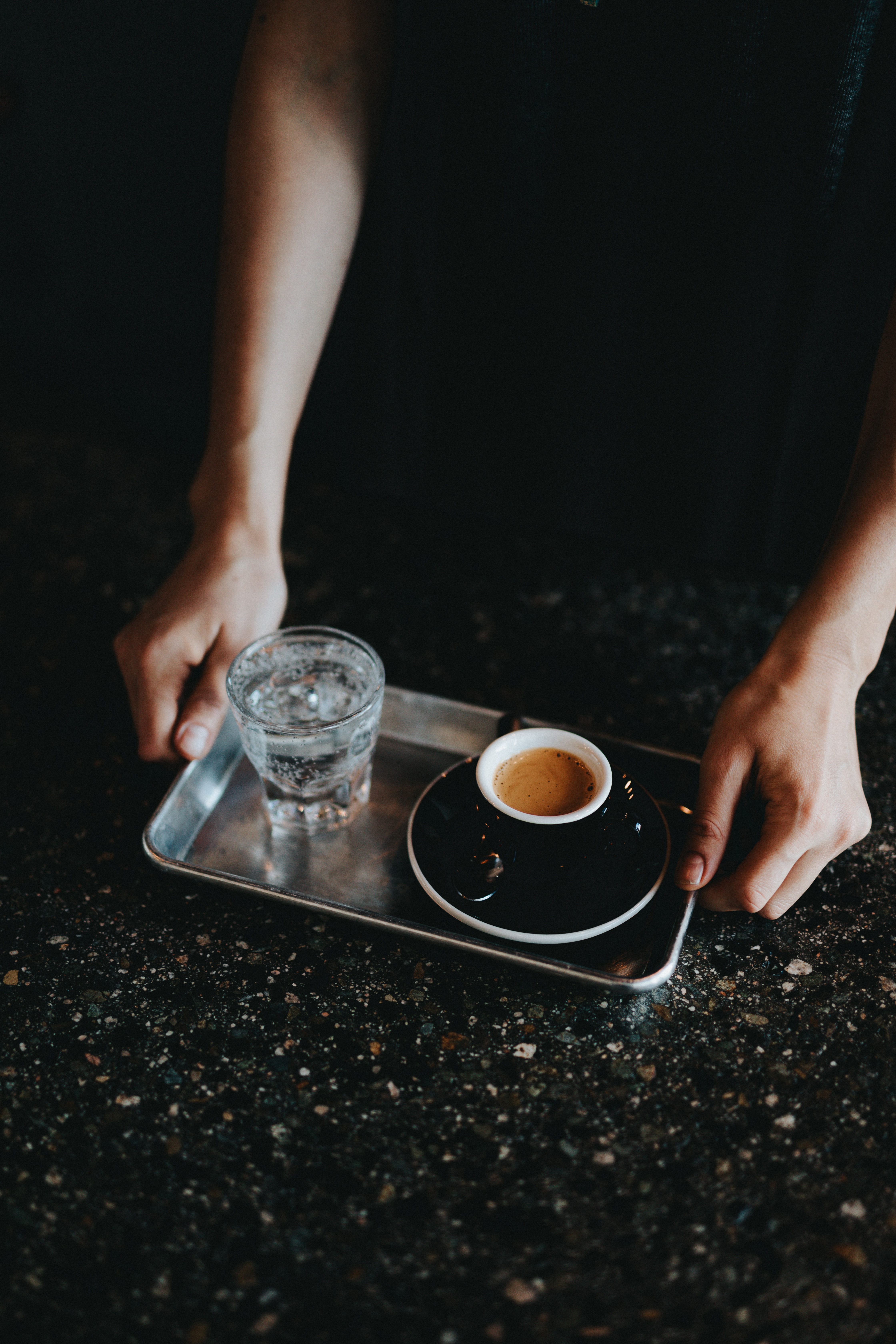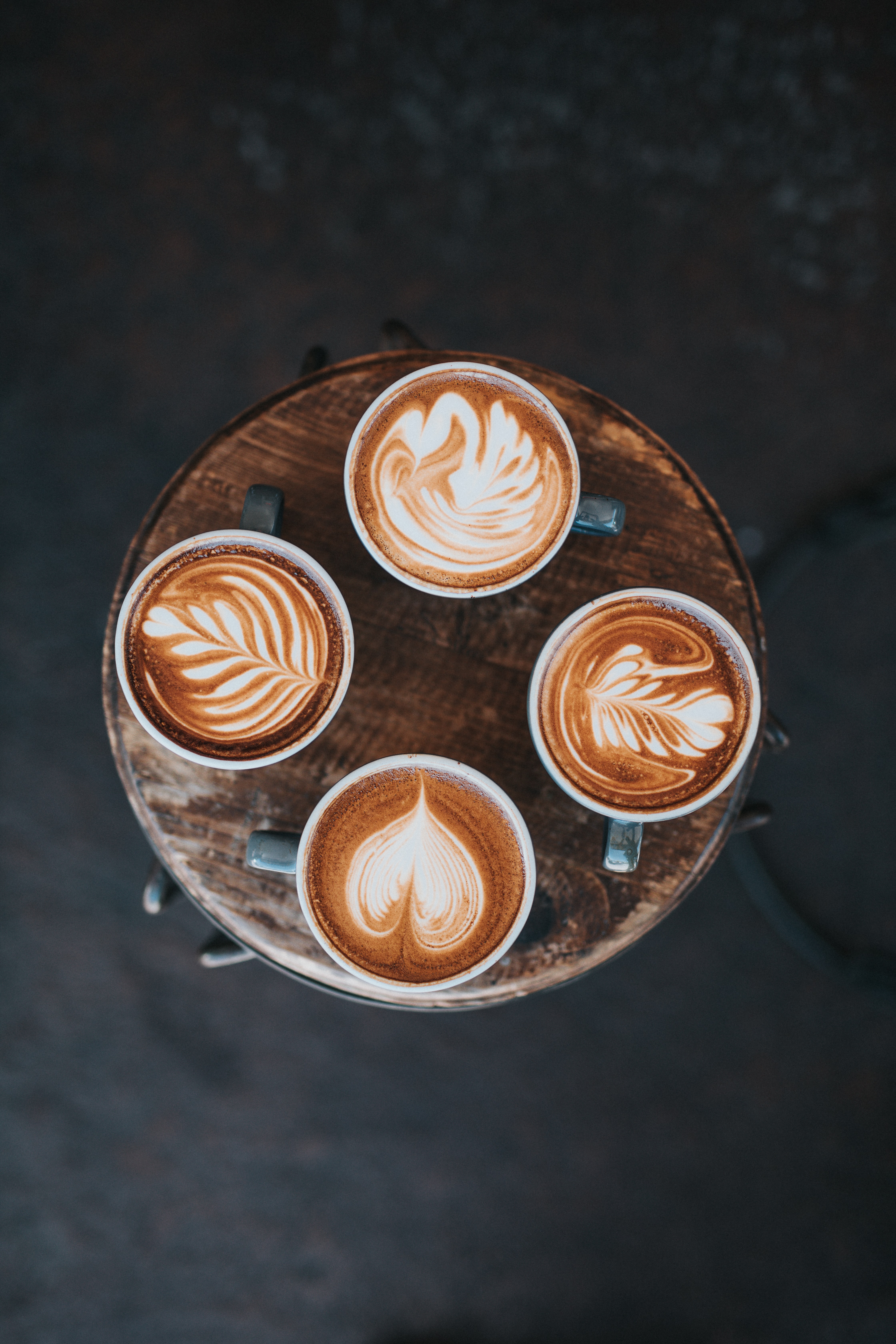Barista: Dream job between heaven and hell
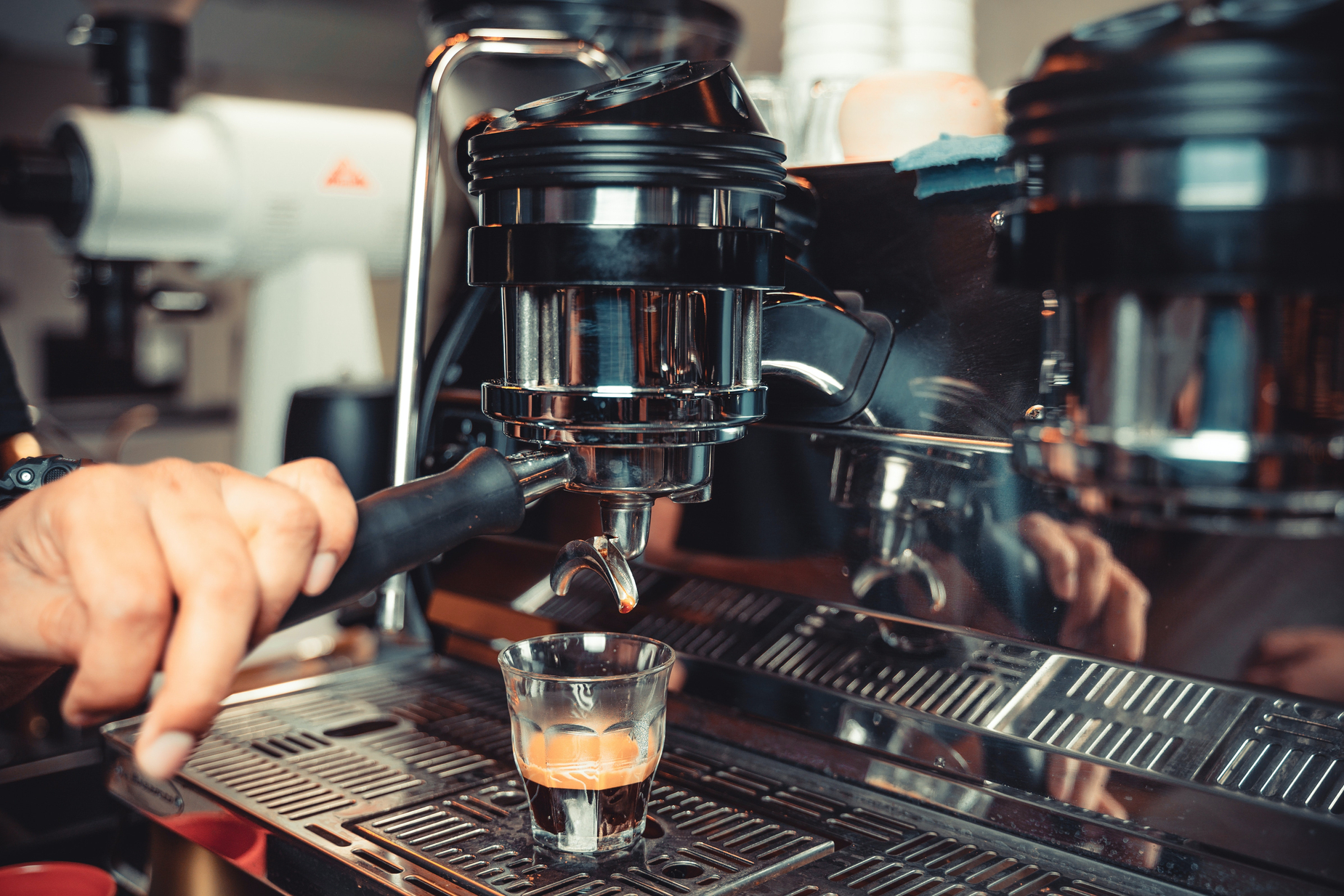
It’s loud, it’s hot, and the steaming and hissing make it feel like Dante’s inferno. And yet it is also paradise.
After crossing the Brenner pass, many travellers head straight for the first coffee bar they find, sit at the counter (“al banco”) and enjoy a “cornetto con crema” and a wonderfully thick, dark drink that goes straight into the bloodstream: the first Italian espresso (“caffè”) is sure to revive flagging spirits - and put you in a good mood at the same time. The night drive across the Alps becomes a distant memory. This is Italy, a taste of happiness on the tongue.
Italy’s coffee culture is almost 500 years old
In 1592 the Venetian physician and botanist Prospero Alpini described a wonderful plant in his study “De plantis Aegypti” (https://de.wikipedia.org/wiki/Prospero_Alpini), whose seeds, when ground and dissolved in hot water, revealed an invigorating effect.
Between Bolzano and Catania, coffee is not just a way of keeping yourself awake with caffeine, but a genuine piece of culture that is still celebrated in every petrol station and even the smallest villages. The men (and it is still overwhelmingly men) manning the machines are artists who magic up coffee from buzzing grinders and steaming steel cabinets.
Taste explosion between crema and coffee grounds
Baristi are trained specialists in their field. From early in the morning until late at night they perform a dance around gleaming chrome coffee machines, a precise choreography of hand, eye and ear. Depending on the humidity, water quality and location (height above sea level) they adjust the coarseness of the grind, the temperature and the preparation time. After all, coffee should be full-bodied and hot, but it must never taste burnt. No wonder there is a Barista World Championships. In front of an international jury, entrants have to prepare coffee to the second and create two glasses of caffè latte or cups of cappuccini with identical milk foam patterns, the so-called Latte Art. Hearts are old hat here, so the design could be a anything, maybe a swan. Ideally, the Barista will design a completely new motif.
The whole process starts with good coffee and instinctive flair: it needs a Barista who commits to the full ritual: grind the coffee, insert the portafilter, start the machine and watch closely as the dark, syrupy liquid flows down from both sides of the portafilter. Pour it into the cup, add milk foam if wished and serve with a smile. At the same time, tap the grounds out into a drawer, change the portafilter – and begin the whole drama all over again. The machine flashes and blinks, while the cups on the top are naturally warmed in readiness. Each coffee is served with a glass of water that you should ideally drink just before the caffeine to prepare your mouth for the first sip and the ensuing taste explosion between the crema and the coffee grounds that sink to the bottom of the cup.
Culture for the eye and the palate
Italy’s coffee culture is unique in the world: Italians consume around five kilos of this precious drink each year (while the Germans may drink more, it is seldom in the form of concentrated espresso). They tend to drink coffee outside the home, in bars and restaurants (which in turn makes up around 70% of the total expenditure). It is available all day and even late into the night. Anyone who has ever had a holiday south of Naples and enjoyed a (for many northerners) late supper is likely to have come across guests who are still drinking coffee after 10pm and may even order a last cup of coffee towards midnight before they make their way home.
Roman delights
Caffè della Pace, Piazza delle Pace 4
Tazza D’Oro La casa del caffè, Via Degli Orfani 84
Antico Caffè Greco, Via Condotti 86
Caffè Canova, Piazza del Popolo 16-17
Naturally there are more options than a simple caffè (our espresso), which can also be drunk with less water as a ristretto. Neat, as it were, the pure essence of beans, the right coarseness of the grind and the skill of the caffeine sommelier. Those who want a bit more volume may choose a caffè macchiato with a little frothy milk. A cappuccino or even a latte macchiato change the game completely. Milk foam and milk, together with a shot of strong coffee. South of the Alps, neither of these is drunk after 11am, and certainly never after a meal. Naturally it is also possible to lengthen a caffè – adding hot water to make a caffè americano or caffè lungo. And finally there is also the “corrected” caffè correto, which comes with a shot of grappa or sambuca.
Coffee can be found at all times and in all places in Italy. It is incredibly good and inexpensive. An unwritten law says that it costs just one euro at the counter. Hopefully this taste of paradise will survive for a long time to come!
